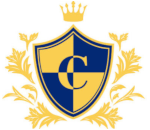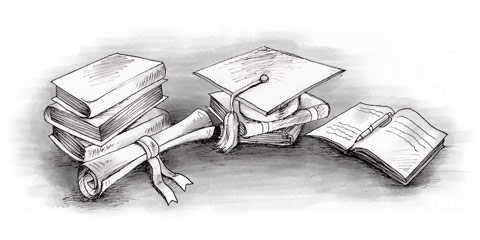Vocational Schools
Approximately half of all Finnish students move to a vocational school after graduating from basic education. The aim of vocational schooling is to prepare its students for entering the workforce, and therefore the practical skills needed for each trade are taught in greater detail than general academia. The eight principle categories of education at this level, encompassing around 50 trades, are:
• Cultural
• Social sciences, business and merchandise
• Humanist and educational
• Technology and traffic
• Nature
• Natural resources and environment
• Travel, catering and domestic economics
• Social work, healthcare and physical exercise
In addition the Ministry of Interior provides vocational courses under the security and rescue umbrella, in order to train policemen, firemen and prison guards.
Vocational school funding and benefits
Vocational schools are usually owned by the municipality, and work under strict regulations from the government.
All schools are given the same level of funding, are strictly non-profit and are given a yearly quota of students for specific trades. Students do not pay tuition fees and are provided with healthcare and a free daily lunch. Although they are given access to all of the necessary tools and practice materials free of charge, they do buy their own textbooks.
Although many vocational school leavers move directly into trade, they are all formally qualified for tertiary education on completion of their courses.
It is worth noting that there is a genuine shortage of secondary vocational diploma holders in Finland in a number of trades, leading to a high demand for qualified workers in corresponding industries.
Upper Secondary Schools
Courses taught at upper secondary schools are essentially 'General Studies' in that they do not prepare pupils for a specific career or degree. Upper secondary education ends with a matriculation exam which allows students to continue with higher studies.
The system at this level is essentially designed so that the lowest 5% of pupils fail, and only the top 5% achieve the highest possible grade. Whilst the final exam is generalised, it does allow for a small degree of specialisation in either social or natural sciences.
Teaching is generally not tied to year groups or grades and, while the syllabus is planned over a three-year period, students are given the chance to complete their studies in either two, three or four years.
The matriculation event that follows the successful completion of final exams is an important rite of passage to a Finnish man or woman, and is viewed by some as on a par with christenings and weddings.
Admission and Costs
All applicants for Upper Secondary education are subject to the same selection criteria, based on the average grade of the basic education certificate. Those over the age of 18 cannot apply to upper secondary schools unless they do so on special grounds, such as disability.
Foreign students that have not completed the Finnish basic education are evaluated on a case-by-case basis on their individual merits and abilities.
Just like Finnish students, they have to apply through the joint application system regulated by the Finnish National Agency for Education, which is most easily done online .
All students are free to apply to whichever educational establishment they choose, and are then considered by other schools if their first choice is not attained.
Upper secondary schools do not charge tuition and students continue to receive many of the benefits of primary education, such as free healthcare and a free lunch. School books and other materials are generally not provided.


